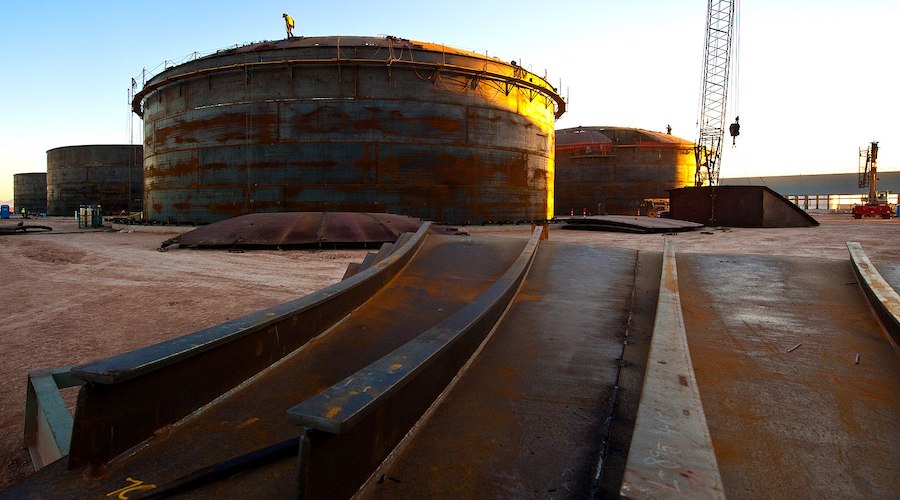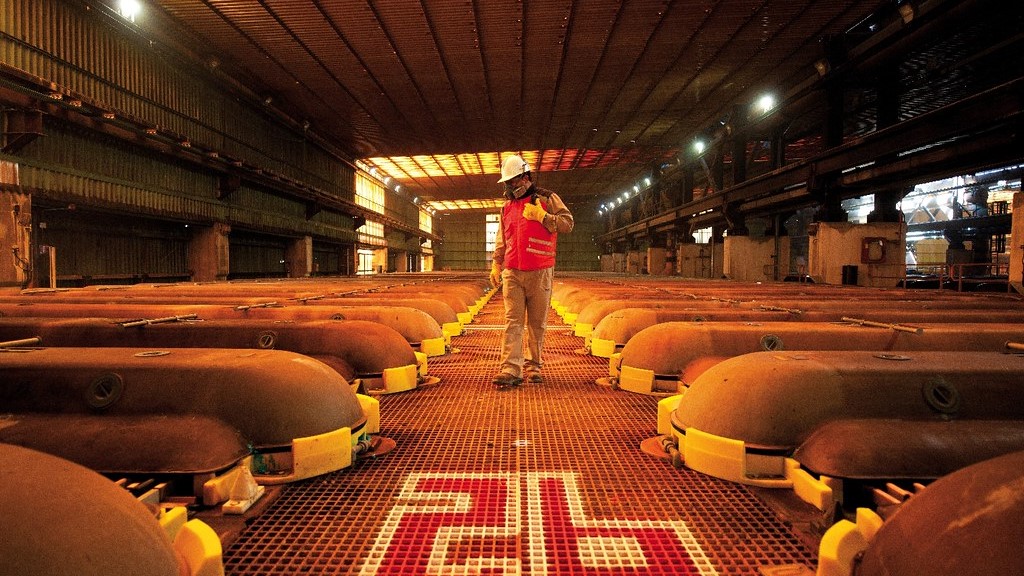Major US labs launch energy storage consortium

Three ‘major-league’ laboratories in the US have joined forces to launch Stor4Build, a new consortium on energy storage for buildings that is tasked with accelerating the growth, optimization, and deployment of storage technologies.
Co-led by the Department of Energy’s National Renewable Energy Laboratory (NREL), Lawrence Berkeley National Laboratory (Berkeley Lab), and Oak Ridge National Laboratory (ORNL), Stor4Build will focus on cost-effective energy storage for the large-scale deployment of renewable electricity, electrification, and decarbonization.
According to the labs, as much as 50% of electricity consumption in buildings in the United States goes toward meeting thermal loads. Thermal energy storage (TES) solutions, thus, show promise as a cost-effective energy storage alternative.
“A multidisciplinary consortium like Stor4Build can accelerate the discovery-to-deployment timeline so that thermal energy storage can be deployed on a massive scale to tackle climate change,” Ravi Prasher, Berkeley Lab’s former associate lab director who was instrumental in the development of this collaboration, said in a media statement.
TES refers to the energy that can be stored in a material as a heat source or a cold sink, rather than as electrical energy, and reserved for use at a different time. These solutions can increase load flexibility, promote the use of renewable energy sources, and allow heat pumps to function more effectively and in more extreme climates.
The general target of TES systems is to reach installed capital costs of less than $15 per kWh of stored thermal energy, and the consortium plans to develop metrics for identifying optimal performance targets for power and energy density, working temperature, materials and systems costs, round-trip efficiency, lifetime and durability, installation and operation, and maintenance costs.
“By shifting HVAC loads off-peak, TES addresses grid challenges associated with electrification and decarbonization. To become impactful nationwide requires new materials and new methods of integrating storage with HVAC,” said Kyle Gluesenkamp, ORNL senior scientist and Stor4Build co-director. “Stor4Build will bring together the stakeholders necessary to accelerate development and market adoption of scalable TES technologies.”
Gluesenkamp and his colleagues identified four research areas as foundational to all consortium activities: materials optimization and manufacturing; modelling and analysis; system optimization and integration; and market, policy, and equity.
Democratizing thermal energy
Led by industry-recognized experts at the national laboratories, the consortium also plans to include active participants from diverse stakeholder groups representing industry, utilities, nonprofit organizations, communities, building owners, academia, government, and other research institutions. The cross-cutting team will address the need of developing equitable solutions to ensure the benefits of storage technologies are clear for all communities, including those historically disadvantaged.
“A major goal of the consortium is to develop and deploy thermal energy storage technologies for all communities while accelerating their commercialization and utilization for building applications,” Sumanjeet Kaur, Stor4Build’s Berkeley Lab co-director, said.
“Thermal energy storage is a natural solution for buildings that can complement other energy storage technologies. In fact, proper system sizing and controls of these hybrid systems that combine on-site electrochemical and thermal energy storage could result in better overall performance than either system alone.”
The consortium plans to complete a community-scale demonstration of technologies to showcase the initial achievements of the consortium, which will serve as a foundation for large-scale deployments of TES, along with electrochemical battery energy storage and systems capable of satisfying both the heating and cooling needs in buildings.
More News
Chile to cut 2025 copper price forecast, WSJ reports
The Chilean government will cut the estimated average price to $3.90 to $4 a pound from a current projection of $4.25.
April 06, 2025 | 10:49 am
Breakthrough Cu-Ta-Li alloy could transform aerospace, defense applications, researchers say
US Army Research Laboratory developed nanostructured copper alloy with exceptional thermal stability and mechanical strength.
April 04, 2025 | 04:17 pm
{{ commodity.name }}
{{ post.title }}
{{ post.excerpt }}
{{ post.date }}



Comments